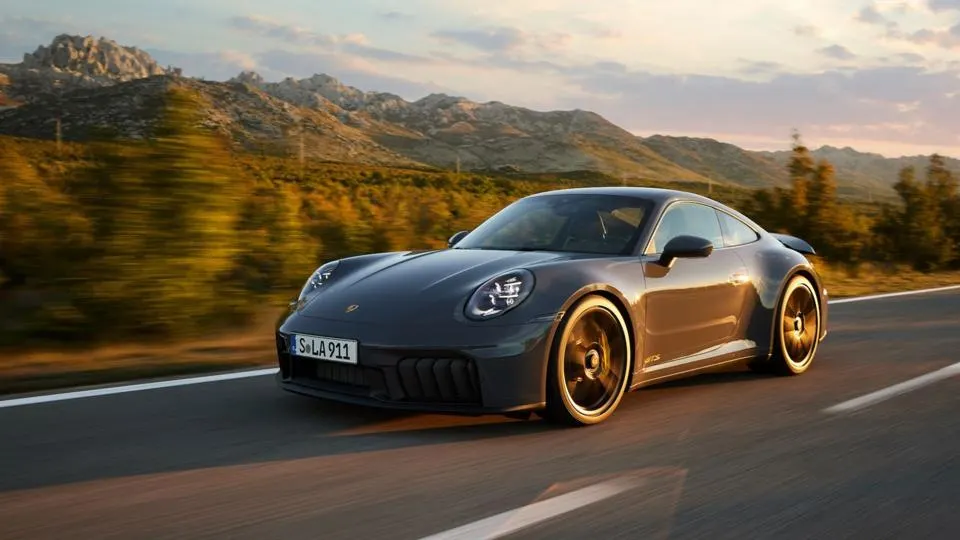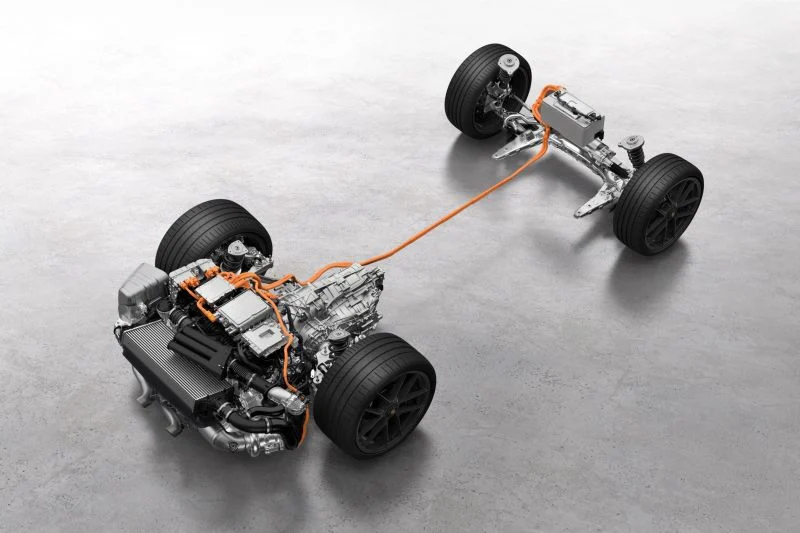Porsche, the celebrated German sports car brand, has introduced its highly anticipated 911 model lineup for 2025.

The updated and upgraded vehicle (internally known as the ‘Type 992.2’) is notable as the 911 GTS model features a hybrid powertrain. While a gasoline-electric powertrain is nothing innovative, its application on the haloed Porsche 911—arguably the world’s most iconic combustion sports car—makes history. The 2025 Porsche 911 GTS is the first-ever 911 engineered to supplement its combustion engine with an electric motor.
Naysayers will undeniably cry foul—just as they did when Porsche introduced the automatic transmission in 1991 and the water-cooled flat-6 in 1997. (Note that brand purists have grown to embrace both.) But is the hybridization of a sports car a bad thing? Did Porsche just ruin the 911?
“We developed and tested various ideas and approaches to decide on a hybrid system that optimally suits the 911. The result is a unique powertrain that is well-integrated into the overall concept and enhances the performance significantly,” said Frank Moser, Vice-President of the 911 and 718 model lines. A closer look at Porsche’s hybrid technology supports Moser’s comments.
The outgoing 911 GTS was fitted with a 3.0-liter flat-6 with a pair of turbochargers (Output was 473 hp and 420 lb-ft of torque). The new 992.2 boasts a newly developed flat-6 engine displacing 3.6 liters. Instead of a pair of turbochargers, it has a single electrically-driven turbocharger that spools quicker—improving throttle response and performance—as it doesn’t have to wait for a high volume of exhaust gasses to bring it to speed. According to Porsche, the added mass of the more complex electric turbocharger is negated by removing the second turbo—in terms of weight, it’s a wash.

More significant changes happen within the strengthened 8-speed dual-clutch transmission (PDK), as it has been fitted with an integrated, permanently excited synchronous motor—it provides an additional 53 hp and 110 lb-ft of torque from a standstill. Total system power is now 532 hp and 449 lb-ft of torque, which is a significant boost in output. Porsche states, “The new 911 Carrera GTS Coupe accelerates from 0 to 60 mph in 2.9 seconds—0.3 seconds quicker than before—and on to a top track speed of 194 mph.”
In terms of pure performance, the new hybrid 911 GTS will be one of the quickest and fastest sports cars on the road—it’s still a sports car with few peers.
But hybridization does come at a price—about 110 pounds. Despite removing the rear seats (now a no-cost option) and using a lightweight lithium-ion 12-volt battery, the 2025 911 GTS tips the scales at about 3,500 pounds. The additional mass comes from the new electric motors, a pulse inverter and DC-DC converter (positioned on top of the engine), and a compact 1.9 kWh high-voltage battery (placed in the nose to optimize balance) that provides power to both the electric turbo and integrated motor.
Porsche (and your author) is betting that few will care about the additional mass—it will be another home run for the Germans. The new hybrid 911 models (expect the company to offer a full range of hybrid choices eventually) will deliver more potent performance, better efficiency, and lower emissions. Is it bad that Porsche has put a hybrid powerplant in the 911? Not at all. And for the naysayers, well, history shows they will get over it.
This article was originally published on forbes.com.


